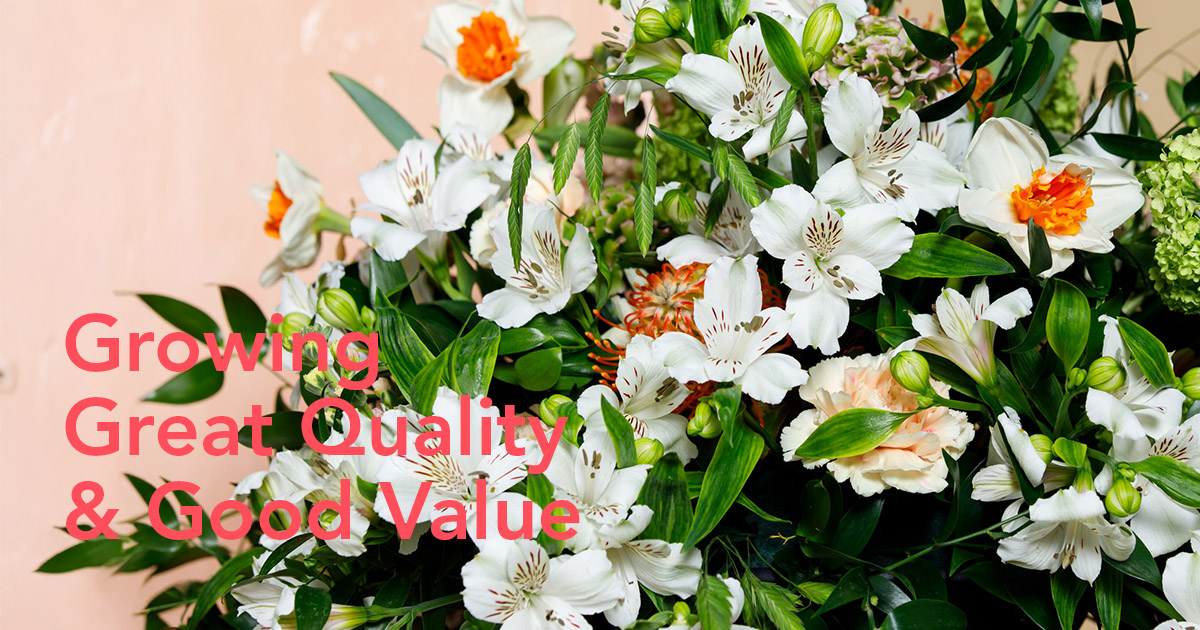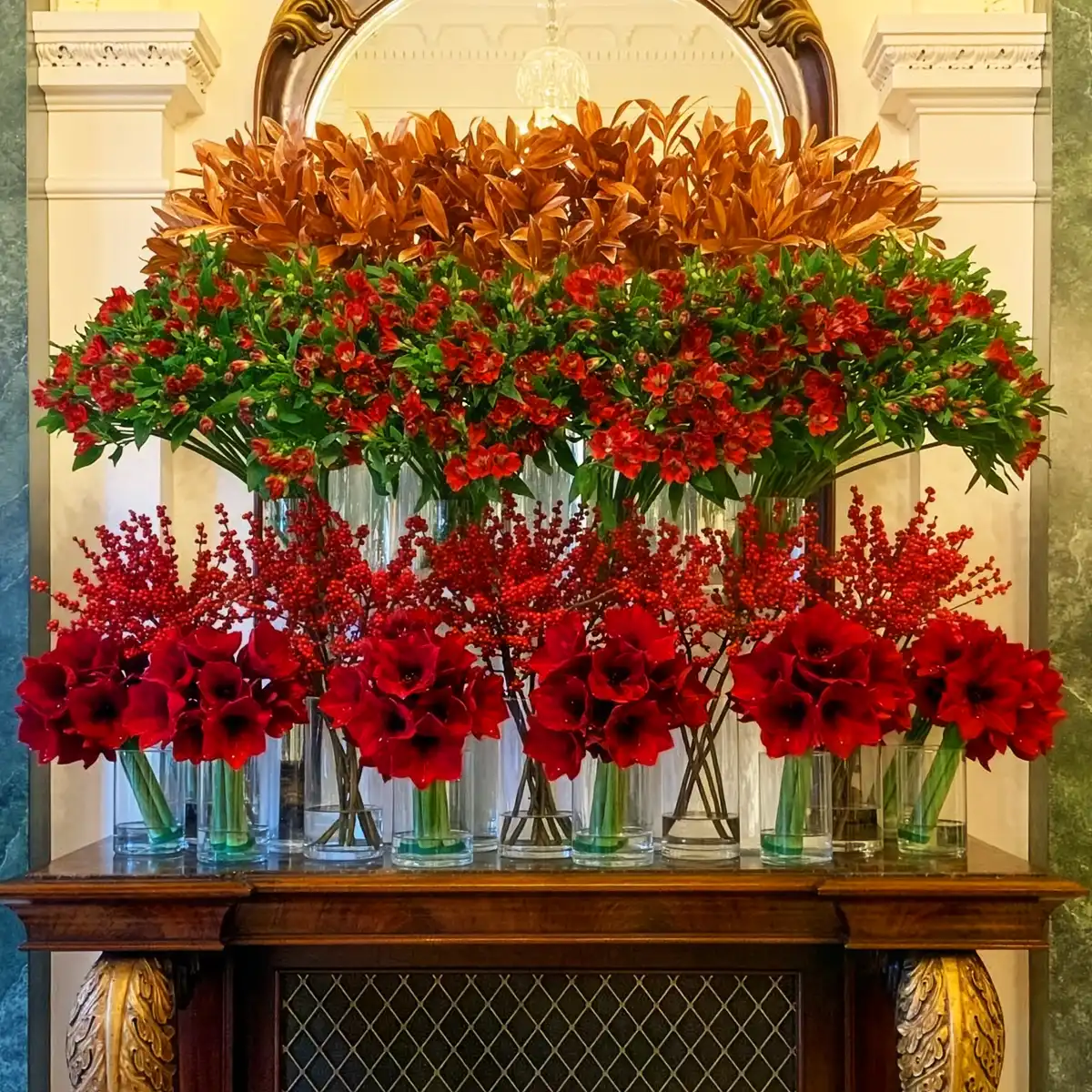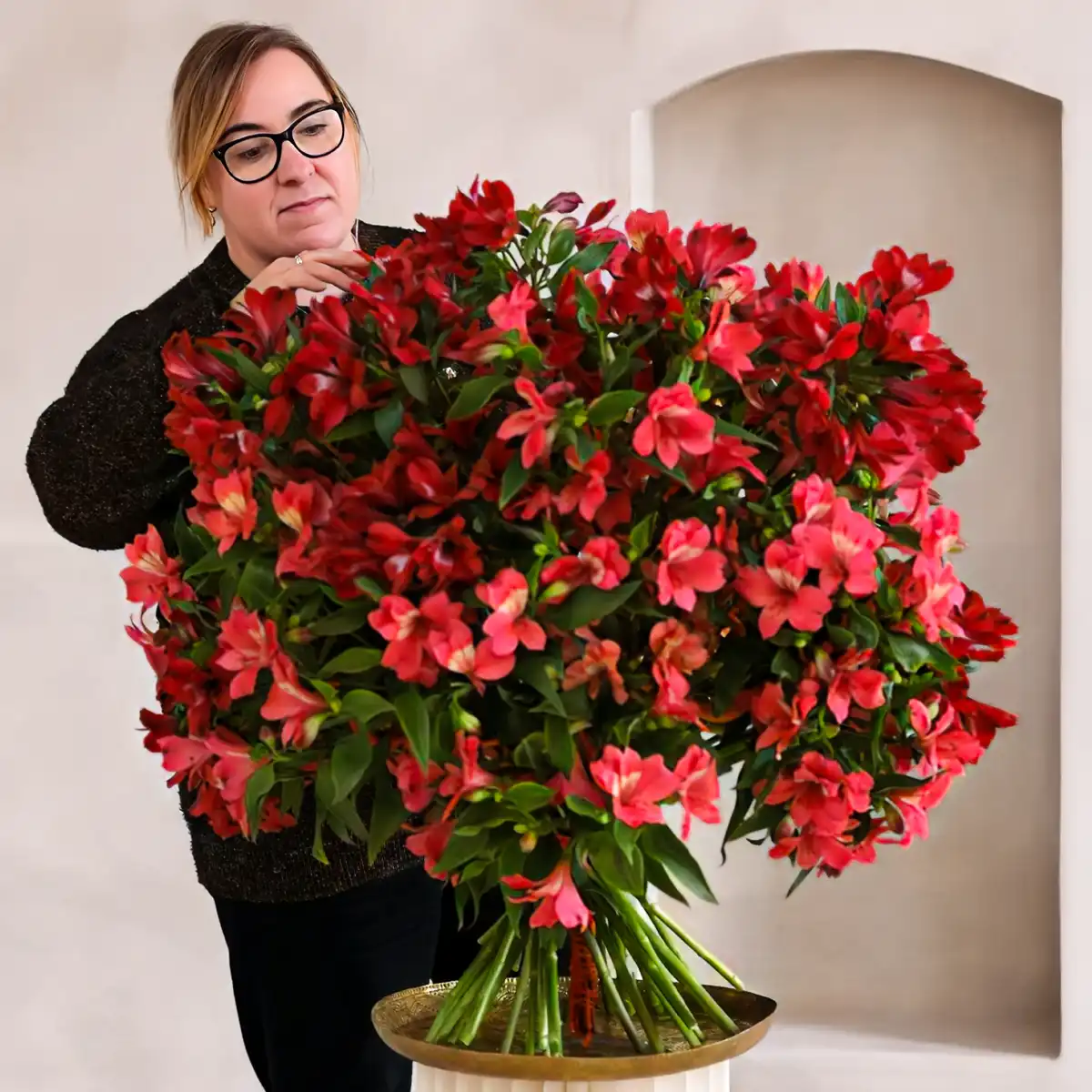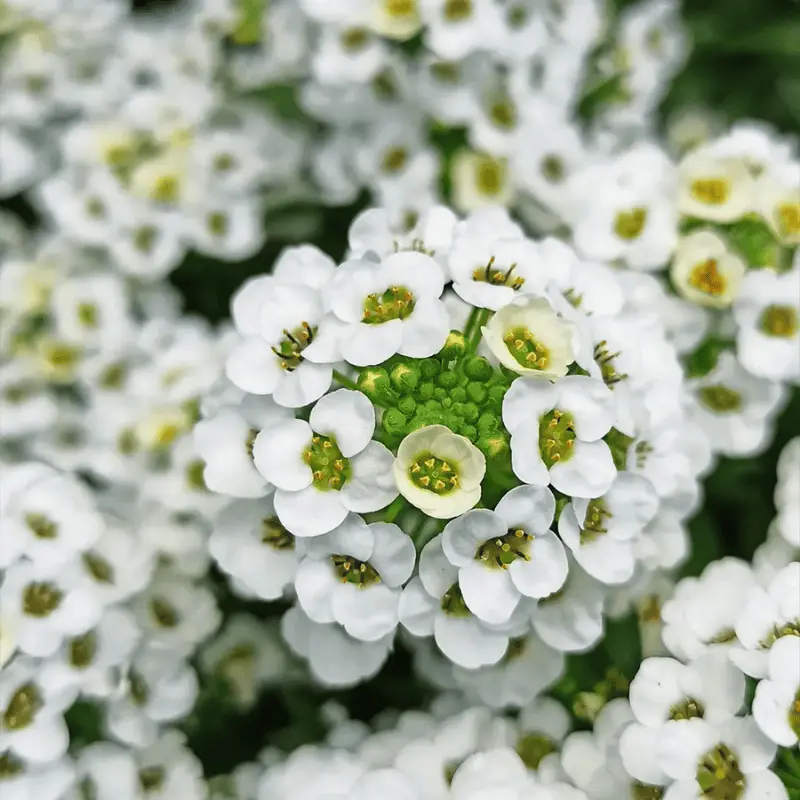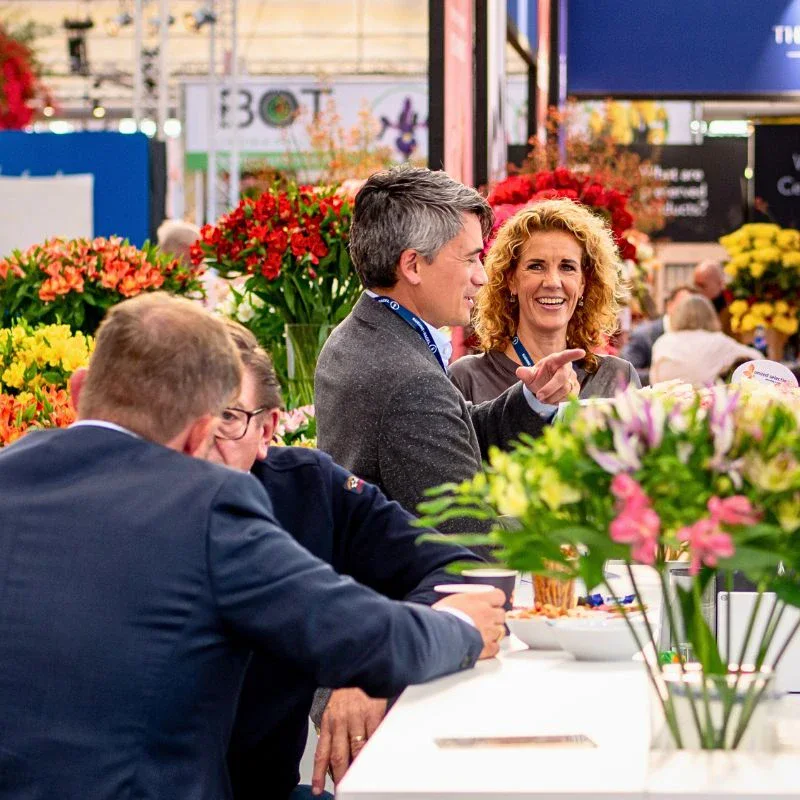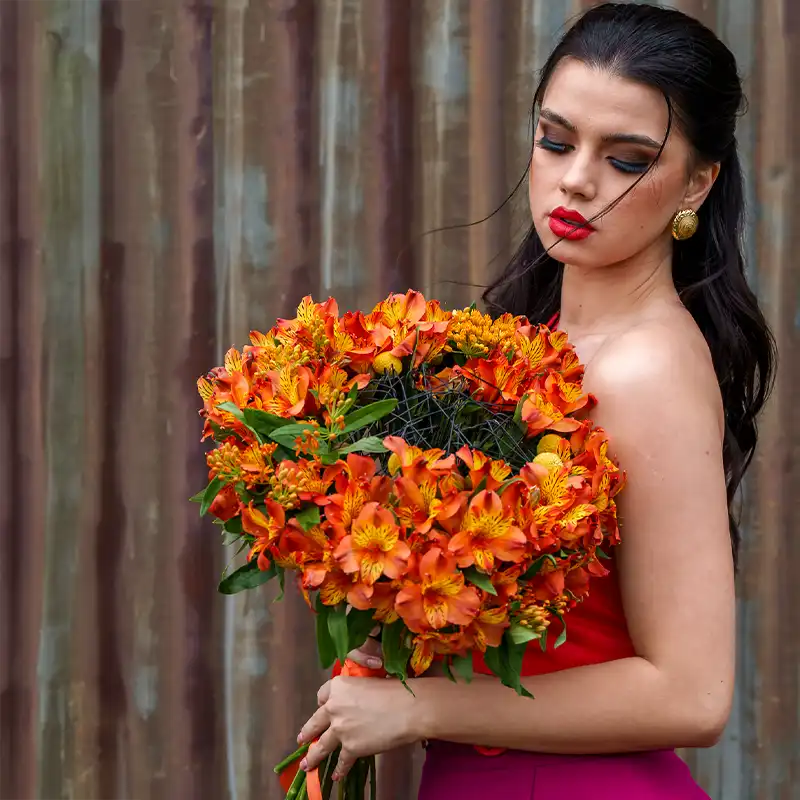It makes sense, right? This simple phrase, "Quality starts with good care." You can apply this statement to just about anything. But who truly knows exactly what this "good care" is all about? For instance, when it comes to getting the most out of Alstroemeria cut flowers? There is a world to be won when it comes to obtaining and maintaining top-quality alstros. That starts with the grower. Let's explore the role that grower Tesselaar Alstroemeria plays in raising the quality level of the alstros you buy.
Sustainability & Quality
For most flower traders around the world, the name Tesselaar Alstroemeria is a synonym for quality. For over thirty years, Rick and Karolien Tesselaar have been growing this product, constantly learning and improving not only their product but also the way they sustainably run the nursery.

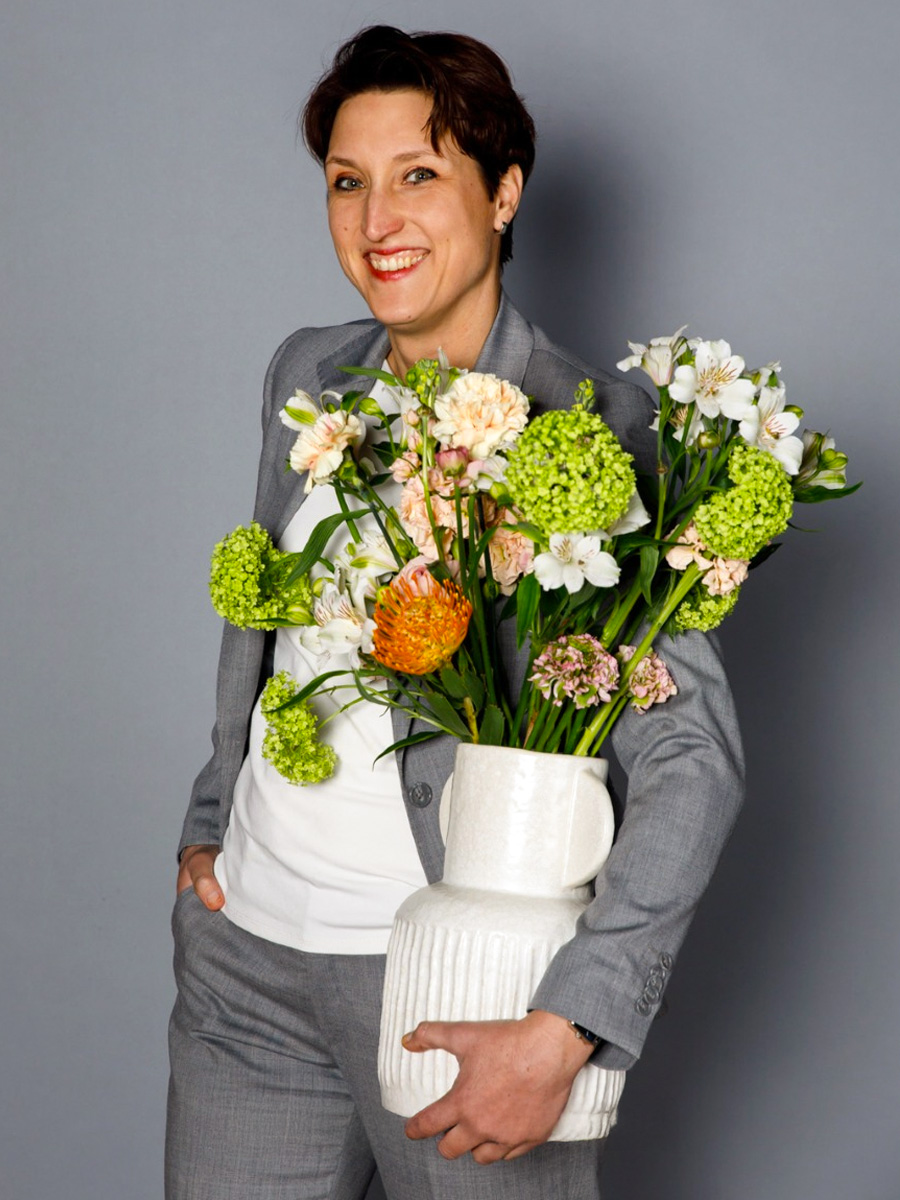
Karolien:
"The Alstroemeria is a flower that deserves a short explanation: compared to other cut flowers, it is more sustainable due to lower temperatures in the greenhouse, less lightning, and extensive use of biological control. We have been calculating the environmental footprint of flowers since 2016 because we believe that there are always issues we can do better. I am therefore committed to making our company more sustainable and spreading the story about our Alstroemeria.
We are genuinely committed to sustainability, it is not a matter of having to, but of wanting to. We want to deliver beautiful flowers without harming the environment. We are continuously looking for ways to improve but we strive to produce 100% organic grown Alstroemerias."
Tesselaar's Alstroemerias grow in the open ground. So, before these beauties start their life, the ground undergoes a bit of a spa treatment. We're talking steaming the soil at high temps to make sure all past plant life and soil critters are out of the picture. It's like hitting the reset button for the soil, ensuring it's all set to nourish the new kids on the block.
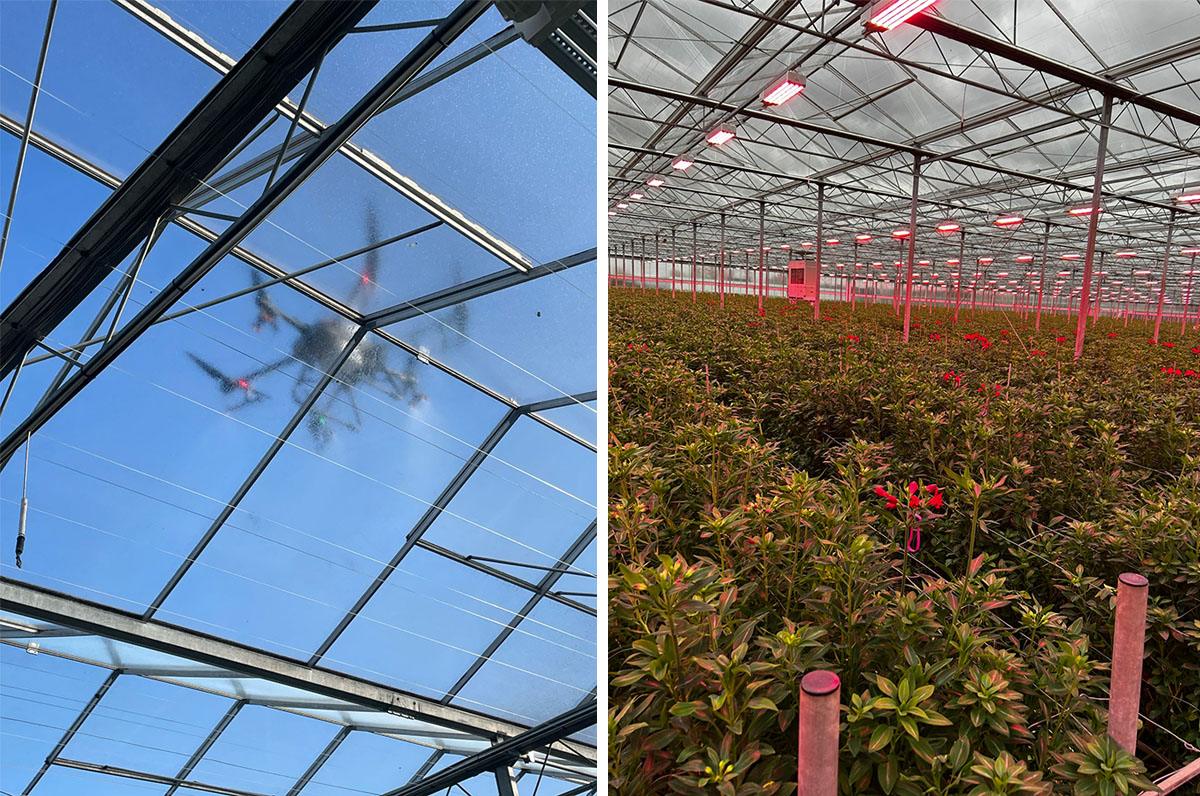
This process causes the old plant material and all soil life to disappear. As soon as the new cuttings have been planted, fertile compost is added so that the soil is fully nourished again. The new cuttings grow into full plants within six weeks, from which flower stems are continuously picked.
About Crop Rotation
Now comes the challenge: How to run an Alstroemeria sustainably and still get top-notch quality from your flowers?
The Alstroemeria is a perennial plant that has been pampered in the grower's greenhouse. This way, a plant produces cut flowers for many years. But how do you determine when a plant needs to be replaced? The rule of thumb at Tesselaar has always been to replace a variety every seven years — or sooner if a plant is affected by a virus. This time frame was chosen from a sustainability point of view, as it takes a lot of energy to remove an old crop, prepare the soil again, and let the new plant grow well.
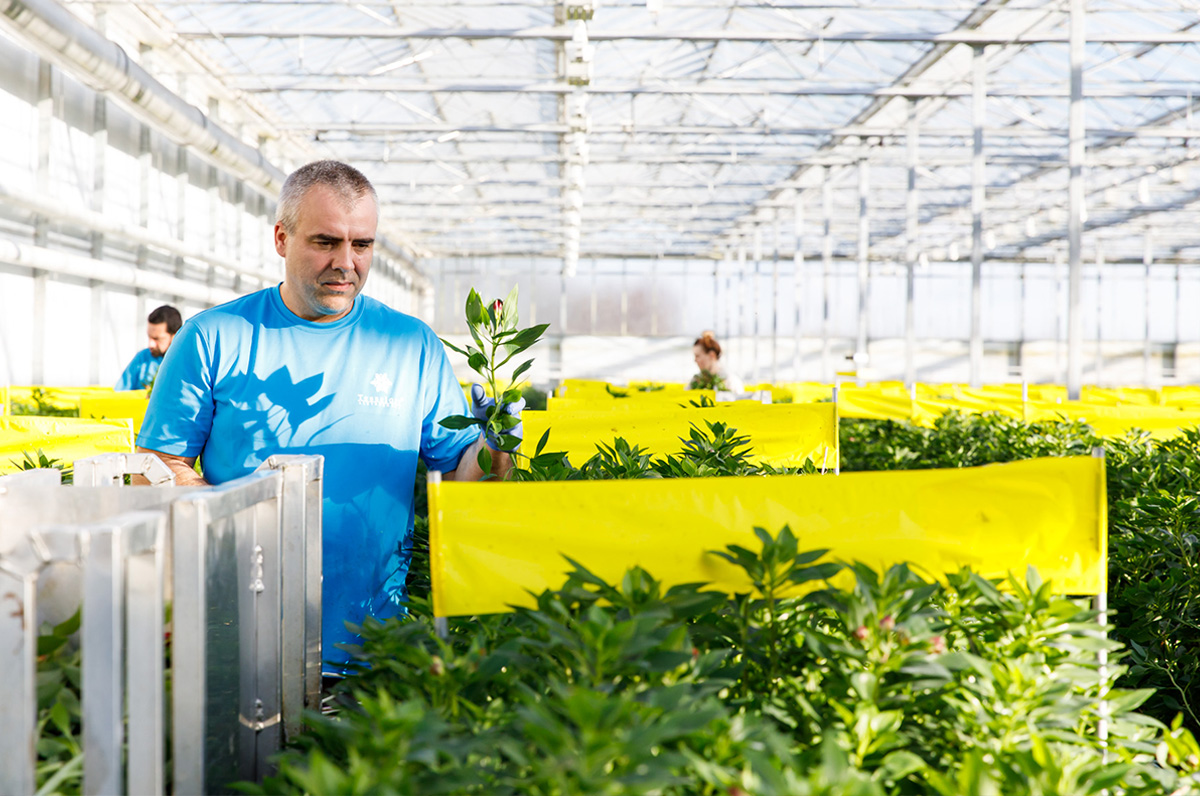
The rule of thumb at Tesselaar has changed to replace a variety every 4 to 5 years. This time frame was chosen from a quality point of few, new plants produce heavy, straight stems, for at least the first 2 years. After this time, the production goes up, and the weight slightly goes down. Tesselaar wants to produce top-quality flowers, in terms of florists, meaning heavy flowers!

Finally... Give the Flower Its Full Power
It's not easy to convince a cut flower trader, the first piece in the floral chain and initial customers of a grower, that Alstroemerias perform better when they are allowed to be purchased just a little riper. There is a long-standing discussion about whether flowers ought to be raw when sold. Raw simply means the flowers have been cut at a closed stage so they can be transported more easily, with more flowers in a container or box. It does not mean at all that they are fresher and will last longer. For flowers like Alstroemeria, the opposite is true; when they have been given more time in the soil, they have received more nutrition and will stay longer and stronger.
Karolien stated in an earlier article on Thursd about the topic Ripe vs. Raw:
"When we harvest the flowers riper, the colors become even more intense. It would make the flower more appealing since you can see the color already coming up. In short: it is best to sell the flower more open, about two to three days older, so you still have a bunch of flowers that lasts at least two weeks. This gives the flower its full power."

The Takeaway for Florists
So, what's the takeaway for florists? Quality starts from the ground up — literally. It's a mix of science, love, and strategic planning that brings those vibrant Alstroemerias from the greenhouse to our shops. Tesselaar Alstroemeria's approach shows us that caring for the environment and pushing for quality blooms go hand in hand. Next time you hold an alstro stem, remember the journey it's been on.
Having said that... how can you as a florist or consumer get the most out of these flowers, rewarding the hard work the grower has done? You might start by trying to get your flowers already a bit open, so the color clearly starts to show. Don't worry about the shelf life, because when the grower does the job well, the flowers have so much energy that you will be able to use them for a long time.

Your first action in the shop is to let the flowers hydrate. When those Alstroemeria stems first land in your shop, give them a fresh cut at a 45-degree angle. This not only makes them look sharp but also maximizes the surface area for water uptake. Plunge them into clean, cool water mixed with a floral conditioner. This magical concoction is like a health drink for flowers, keeping bacteria at bay and providing nutrients.
Next, temperature matters. Alstroemerias enjoy cooler spots away from direct sunlight, heat sources, or draughty areas. Keeping them cool extends their vase life, allowing those intricate patterns and colors to shine through for as long as possible.

Let's talk about the environment. These flowers are a bit like us; they don't appreciate hanging out in a smoky room or next to ripening fruit. Ethylene gas is the culprit here, causing blooms to age before their time. So, keep them in a clean, fresh environment, and they'll return the favor with lasting beauty.
Water is their best friend, but cleanliness is a close second. Change the water and trim the stems every couple of days to fend off bacteria and give your Alstroemerias the spa treatment they deserve.
If you then enjoy your alstros as the growers from Tesselaar Alstroemeria have done for over three decades, you can't go wrong!
All photos courtesy of @tesselaaralstroemeria.

